The reference implementation is taken from the ERC-6909 specification and simplified by me for quick understanding by developers. I recommend reviewing the reference first, then continuing with the rest of the article.
ERC-6909: Minimal Multi-Token Interface and Why It Matters for Ethereum Projects
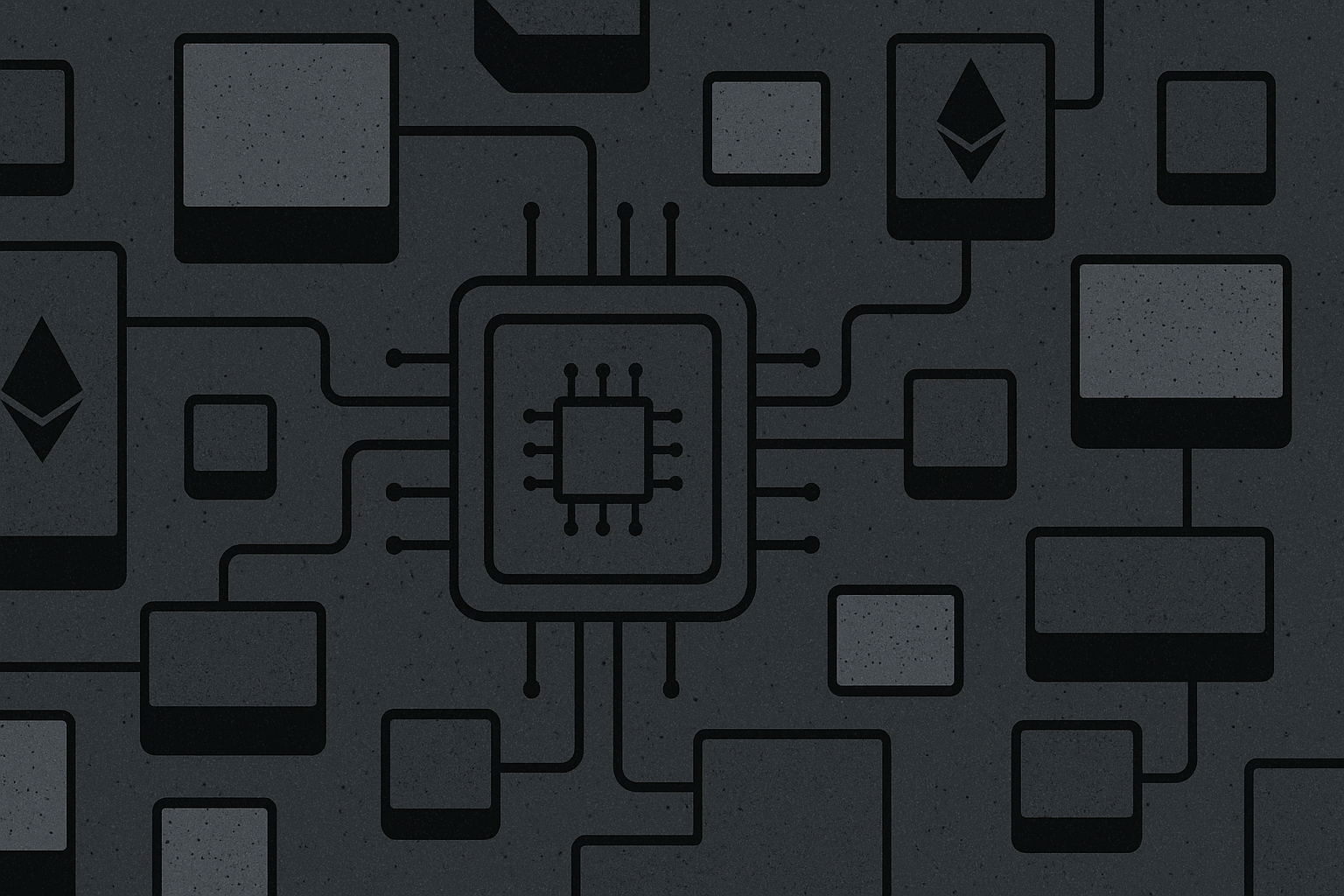
The ERC-6909 standard is an alternative to the ERC-1155: Multi Token Standard for managing multiple tokens from a single smart contract.
Key differences from ERC-1155:
- The interface doesn't require implementing a callback mechanism for the token recipient.
- No support for batch calls, where multiple token operations occur in a single transaction.
- The token approval system for third-party usage has been redesigned.
The ERC-6909 interface provides minimal functionality, which helps reduce the smart contract code size and transaction execution costs.
Important! Any smart contract implementing ERC-6909 must support ERC-165: Standard Interface Detection by default.
Interesting! Vectorized, the developer behind projects like solady, ERC721A, and multicaller, participated in the development of the standard.
contract ERC6909 {
/// @notice Owner Balances
mapping(address owner => mapping(uint256 id => uint256 amount)) public balanceOf;
/// @notice Granted permissions for third-party token usage
mapping(address owner => mapping(address spender => mapping(uint256 id => uint256 amount))) public allowance;
/// @notice Operator permissions
mapping(address owner => mapping(address spender => bool)) public isOperator;
/// @notice Token transfer on behalf of the owner
function transfer(address receiver, uint256 id, uint256 amount) public returns (bool) {
if (balanceOf[msg.sender][id] < amount) revert InsufficientBalance(msg.sender, id);
balanceOf[msg.sender][id] -= amount;
balanceOf[receiver][id] += amount;
emit Transfer(msg.sender, msg.sender, receiver, id, amount);
return true;
}
/// @notice Token transfer by third parties, requires granted permission
function transferFrom(address sender, address receiver, uint256 id, uint256 amount) public returns (bool) {
if (sender != msg.sender && !isOperator[sender][msg.sender]) {
uint256 senderAllowance = allowance[sender][msg.sender][id];
if (senderAllowance < amount) revert InsufficientPermission(msg.sender, id);
if (senderAllowance != type(uint256).max) {
allowance[sender][msg.sender][id] = senderAllowance - amount;
}
}
if (balanceOf[sender][id] < amount) revert InsufficientBalance(sender, id);
balanceOf[sender][id] -= amount;
balanceOf[receiver][id] += amount;
emit Transfer(msg.sender, sender, receiver, id, amount);
return true;
}
/// @notice Granting permission for third-party token transfer with a token amount limit
function approve(address spender, uint256 id, uint256 amount) public returns (bool) {
allowance[msg.sender][spender][id] = amount;
emit Approval(msg.sender, spender, id, amount);
return true;
}
/// @notice Granting permission for token transfer by an operator without a token amount limit
function setOperator(address spender, bool approved) public returns (bool) {
isOperator[msg.sender][spender] = approved;
emit OperatorSet(msg.sender, spender, approved);
return true;
}
function _mint(address receiver, uint256 id, uint256 amount) internal {
balanceOf[receiver][id] += amount;
emit Transfer(msg.sender, address(0), receiver, id, amount);
}
function _burn(address sender, uint256 id, uint256 amount) internal {
balanceOf[sender][id] -= amount;
emit Transfer(msg.sender, sender, address(0), id, amount);
}
}Changing the Balance Storage Structure
The balance storage structure is the first thing to pay attention to. Unlike ERC-1155, there are changes.
// ERC-1155 из OpenZeppelin
mapping(uint256 id => mapping(address account => uint256)) private _balances;
// ERC-6909 из OpenZeppelin
mapping(address owner => mapping(uint256 id => uint256)) private _balances;The mapping responsible for storing an account's balance starts with the owner's address, not the token ID.
This fundamentally only affects the interaction interface. To retrieve all user balances, you still need to implement additional functions in the smart contract or index the data off-chain. This is because you need to know all token IDs owned by the account, and the base implementation doesn’t store this information by default.
Ethereum development domain
Help startups develop projects on the Ethereum blockchain
No Callback
According to the ERC-1155 standard, a smart contract that acts as a token recipient must implement the ERC1155TokenReceiver interface.
This interface requires implementing one of the functions depending on the chosen token transfer method (single or batch):
- function onERC1155Received(address _operator, address _from, uint256 _id, uint256 _value, bytes calldata _data) external returns(bytes4);
- function onERC1155BatchReceived(address _operator, address _from, uint256[] calldata _ids, uint256[] calldata _values, bytes calldata _data) external returns(bytes4);In ERC-6909, developers can still use callbacks, but the implementation is entirely up to them and can be arbitrary.
ERC-6909 does not define a callback mechanism. This helps reduce the size of the base smart contract implementation and the number of operations during execution, making it more efficient in terms of gas and complexity.
Changes in Token Transfers
Similar to callbacks, the standard takes the same approach with batch operations.
ERC-1155 requires the implementation of additional functions:
- function safeBatchTransferFrom(address _from, address _to, uint256[] calldata _ids, uint256[] calldata _values, bytes calldata _data) external;
- function balanceOfBatch(address[] calldata _owners, uint256[] calldata _ids) external view returns (uint256[] memory);ERC-6909 no longer mandates batch operations and doesn’t require their implementation just for the sake of standard compliance.
Batch operations can be added at the developer's discretion and tailored to the specific needs of the project.
Token Transfer Functions
The transfer is as close as possible to the ERC-20 standard implementation, with slight modifications.
- function transfer(address receiver, uint256 id, uint256 amount) public returns (bool);
- function transferFrom(address sender, address receiver, uint256 id, uint256 amount) public returns (bool);Sender and receiver are the familiar from and to. An id is added to specify the token identifier involved in the transfer. The addition of id is very reminiscent of ERC-721 and ERC-1155.
Flexible Approval System
In ERC-1155, approvals can only be granted to an operator via a function call:
function setApprovalForAll(address _operator, bool _approved) external;ERC-6909 introduces a hybrid approval system. There are two ways to grant approval:
- To an operator, allowing unlimited use of tokens on behalf of the user. The operator can manage any of the user’s tokens (with any
id). - To an arbitrary account, with a limit on the number of tokens it can use on behalf of the user.
Thus, the ERC-6909 interface provides two functions for implementing approval logic:
- function setOperator(address spender, bool approved) public returns (bool);
- function approve(address spender, uint256 id, uint256 amount) public returns (bool);This mechanism is quite flexible, but there’s a nuance when an account is granted approval through both functions. In such cases, the standard performs checks in the following order:
- Check if the account is an operator.
- If not an operator, check the
allowancegranted via theapprove()call.
Approval is only checked when using the transferFrom() function.
function transferFrom(address sender, address receiver, uint256 id, uint256 amount) public returns (bool) {
// If the sender is transferring tokens themselves or has been granted operator rights, the tokens are sent immediately.
// Otherwise, adjust the remaining allowance available to the caller.
if (sender != msg.sender && !isOperator[sender][msg.sender]) {
uint256 senderAllowance = allowance[sender][msg.sender][id];
if (senderAllowance < amount) revert InsufficientPermission(msg.sender, id);
if (senderAllowance != type(uint256).max) {
allowance[sender][msg.sender][id] = senderAllowance - amount;
}
}
// Balance updates and event emission
return true;
}Thus, for an operator who has been granted a limited approval (via the approve() function), the allowance will not be changed.
Token Metadata
With the ERC-6909 standard, you can implement both fungible and non-fungible tokens simultaneously.
The metadata implementation for such tokens is moved outside the core standard into a separate extension and is optional.
Why optional? The answer is simple: for managing LP tokens (or other types of tokens), properties like name, symbol, or URI might not be important. That’s why metadata is optional and excluded from the base implementation, but its usage is still standardized.
Currently, only the OpenZeppelin library implements metadata as an extension to the standard. (Solmate doesn’t have smart contracts for metadata, and in Solady the metadata is hardcoded into the base implementation).
Next, let’s take a look at how metadata smart contracts are implemented in OpenZeppelin.
Important! At the time of writing, everything related to ERC-6909 in OpenZeppelin is marked as draft.
ERC6909Metadata.sol
contract ERC6909Metadata {
struct TokenMetadata {
string name;
string symbol;
uint8 decimals;
}
mapping(uint256 id => TokenMetadata) private _tokenMetadata;
function name(uint256 id) public view virtual returns (string memory) {
return _tokenMetadata[id].name;
}
function symbol(uint256 id) public view virtual override returns (string memory) {
return _tokenMetadata[id].symbol;
}
function decimals(uint256 id) public view virtual override returns (uint8) {
return _tokenMetadata[id].decimals;
}
}There are two things of interest here:
- All functions —
name(),symbol(),decimals()— take a singleidargument. This means each token will have its own parameters. - OpenZeppelin uses a combination of
mappingandstructto store data — a classic approach for optimizing data storage.
ERC6909TokenSupply.sol
contract ERC6909TokenSupply {
mapping(uint256 id => uint256) private _totalSupplies;
function totalSupply(uint256 id) public view virtual override returns (uint256) {
return _totalSupplies[id];
}
/// @dev Override the `_update` function to update the total supply of each token id as necessary.
function _update(address from, address to, uint256 id, uint256 amount) internal virtual override {
...
}
}Total supply, just like name, symbol, and so on, is individual for each token.
ERC6909ContentURI.sol
contract ERC6909ContentURI is ERC6909, IERC6909ContentURI {
string private _contractURI;
mapping(uint256 id => string) private _tokenURIs;
function contractURI() public view virtual override returns (string memory) {
return _contractURI;
}
function tokenURI(uint256 id) public view virtual override returns (string memory) {
return _tokenURIs[id];
}
}This contract stores metadata required for NFTs. contractURI is used to declare general collection data. tokenURI is used to declare individual metadata for each token.
Thus, by using a combination of metadata contract extensions — ERC6909Metadata, ERC6909TokenSupply, and ERC6909ContentURI — the standard can manage both fungible and non-fungible tokens at the same time.
Removal of "safe" Naming
The naming conventions safeTransfer() and safeTransferFrom() can be misleading, especially in the context of ERC-1155 and ERC-721 standards, since they require external calls to recipient addresses (if the recipient is a smart contract). This means control is passed to an arbitrary contract.
According to the ERC-6909 standard, removing the word "safe" from all function names is considered less misleading.
Real-World Usage
Unlike many proposed token standards, ERC-6909 was immediately tested in Uniswap v4.
ERC-6909 serves as proof of a user's assets within the protocol.
It works quite simply: after performing an operation (swap, removing liquidity), the user can leave their asset inside the protocol and receive an ERC-6909 token in return. Next time, to use the asset within the protocol, it's enough to burn the equivalent amount of ERC-6909.
For example, a user swaps USDT for USDC. They send USDT, but instead of receiving USDC, they mint an equivalent amount of ERC-6909. The USDC stays inside the protocol.
Later, the user decides to swap back to USDT using USDC. To do this, they simply burn the ERC-6909 token, and the protocol returns USDT.
In this way, ERC-6909 significantly reduces gas costs when moving assets.
Minting an ERC-6909 token is cheaper than transferring USDC in terms of gas. That’s because minting involves a single storage write and a Mint() event, while most tokens add extra checks during transfers—like whitelists or other custom logic.
This technology is especially useful for traders who perform many operations in a short period of time, and for liquidity providers who rebalance their positions.
More details in the official Uniswap documentation.
Conclusion
ERC-6909 is one of those rare standards that simplifies the system instead of making it more complex. Thanks to this simplification, any implementation of the standard is easier to understand, has a smaller footprint, and is cheaper to use with multiple tokens.
ERC-6909 is not backward compatible with ERC-1155!
That said, I want to highlight the ability to seamlessly combine management of both fungible and non-fungible tokens.
A single ERC-6909 smart contract can manage both ERC-20 tokens and NFTs.
Important! This comes with the caveat that all NFTs must be implemented within a single collection, since the contractURI() function does not support multiple collections.
More articles by this author
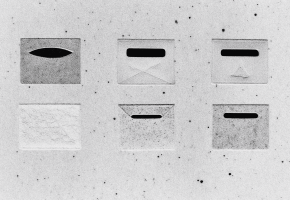
Understanding the Necessity of Account Abstraction in the Crypto World
Pavel Naydanov
Solidity developer

Pendle Protocol: Tokenizing Yield and Trading It Like an Asset
Pavel Naydanov
Solidity developer

Understanding NFT Staking: How It Operates and Its Advantages
Pavel Naydanov
Solidity developer

CoW Protocol Batch Auctions: How Orderbook, Autopilot, and Solvers Ensure Fair Trading
Alexei Kutsenko
Solidity developer

CoW DAO and CoW Protocol: How Intent-Based Trading and MEV Protection Transform DeFi
Alexei Kutsenko
Solidity developer
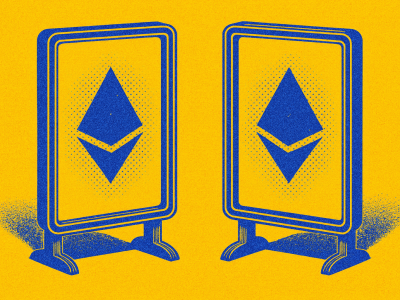
Smart Contracts Aren’t Deployed Yet, but Addresses Already Exist: Why CREATE2 (EIP-1014) Matters
Roman Yarlykov
Solidity developer
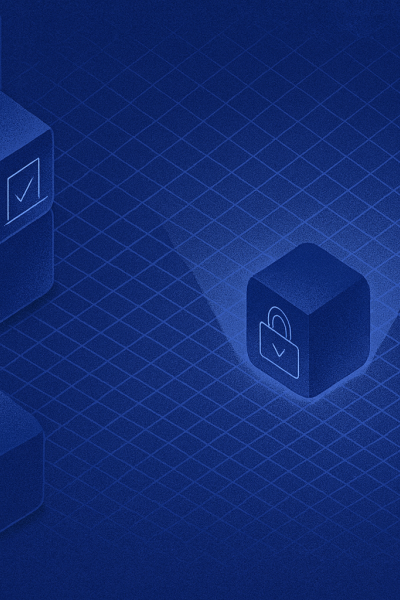


How to Fork and Launch Uniswap V3 Smart Contracts: A Practical Guide
Alexei Kutsenko
Solidity developer


Bittensor: Overview of the Protocol for Decentralized Machine Learning
Alexei Kutsenko
Solidity developer

Aerodrome Protocol: How a MetaDEX on Base Blends Uniswap, Curve, and Convex
Roman Yarlykov
Solidity developer
Articles

Algebra Finance: Modular DEX-as-a-Service with Plugins, Dynamic Fees, and Uniswap Compatibility
Roman Yarlykov
Solidity developer
Articles
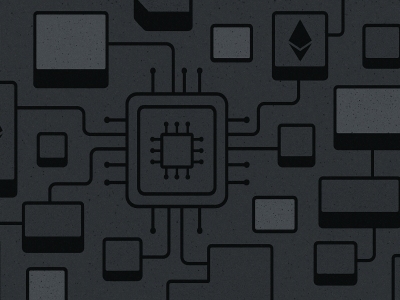
ERC-6909: Minimal Multi-Token Interface and Why It Matters for Ethereum Projects
Pavel Naydanov
Solidity developer

Uniswap v4 Explained: Hooks, Singleton Architecture, Dynamic Fees & ERC-6909
Pavel Naydanov
Solidity developer


AI Agents: How AI Agents Conquered the Crypto Market + Key Projects
MetaLamp editorial team

AI and Blockchain: Key Takeaways from 2024 and Industry Forecasts for 2025
MetaLamp editorial team

The main events in The Open Network (TON) ecosystem in 2024
MetaLamp editorial team

A Guide to EigenLayer: How the ETH Restaking Protocol Attracted $15 Billion TVL
MetaLamp editorial team

The Open Network 2025: figures, events, analytics, forecasts
MetaLamp editorial team

Overview of Blockchain Bridges: Interaction Between Different Networks
Roman Yarlykov
Solidity developer




5 Rules from the Founder: How an EdTech Project Can Attract Investments. The Case of the Online School “Logopotam”
Alexey Litvinov
CEO and founder of the online school Logopotam

Is it worth launching a project on Solana, despite the hype around memes?
MetaLamp editorial team

Mintless Jettons on TON: A New Feature Making TON Projects Even More Attractive
MetaLamp editorial team

3 reasons to choose a ready-made solution for mini-apps in Telegram instead of developing from scratch
Dmitriy Shipachev
CEO at Finch


Think of it like a hamster for traffic: how to attract an audience with a Telegram clicker game
Nico Bordunenko
Business Analyst at MetaLamp



Which Rollup to Choose for Your Project: Arbitrum, Optimism, Base, ZK EVM, and Others
MetaLamp editorial team


How We Adapted a Mobile RPG for Blockchain and Enabled NFT Sales
MetaLamp editorial team

How TON Payments Enable Fee-Free Micro-Transactions and Their Uses
MetaLamp editorial team
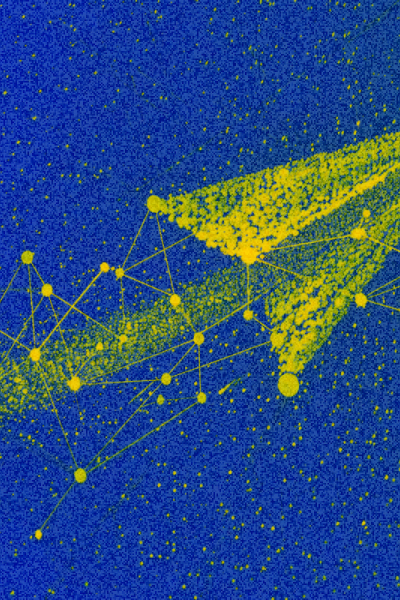
What You Need to Know Before Starting a Project on TON
MetaLamp editorial team

What is the Meaning and Benefits of MVP for Startups in 2024?
MetaLamp editorial team


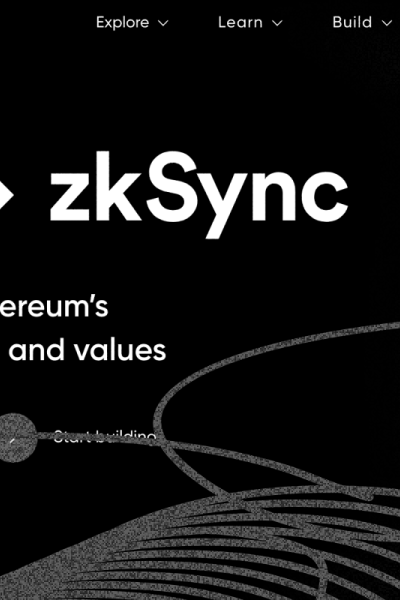

RWA explained: Opportunities of Real-World Assets in 2024
MetaLamp editorial team

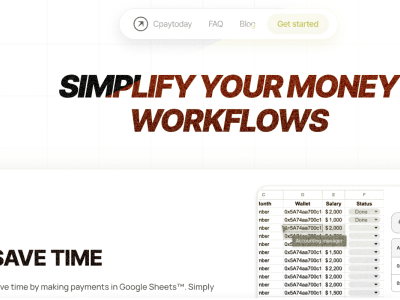
Creating a Crypto Transaction Widget for Google Sheets: The CPayToday Journey
MetaLamp editorial team
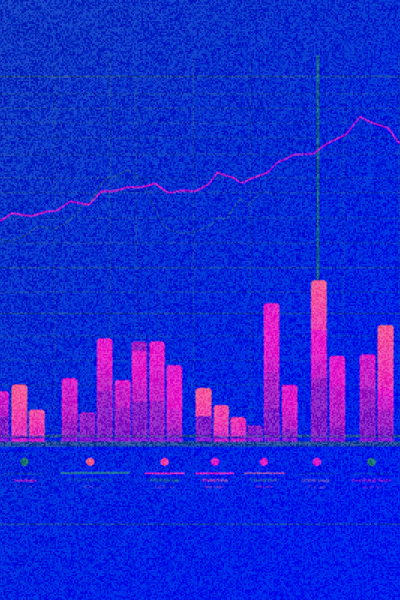

How Early-Stage Startups Can Stay on Track with Development
MetaLamp editorial team

How to Attract Investments: Insights from Successful 2023 Startups
Mykola Pryndiuk
Social Media Specialist

When and How to Find a Technical Partner for Your Startup
MetaLamp editorial team



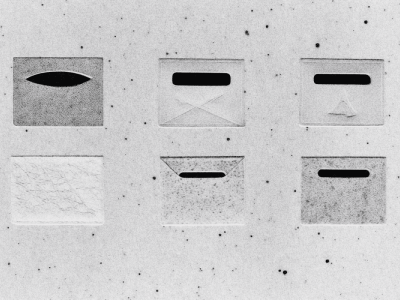
Understanding the Necessity of Account Abstraction in the Crypto World
Pavel Naydanov
Solidity developer

Ways to Speed Up Development: Outstaffing Pros and Cons
MetaLamp editorial team



Freelancer, Agency, or Contract Employees: Who to Hire for Startup MVP Development
Yana Geydrovich
Partnership manager at MetaLamp

From Corporate Blog to Brand Media: The Birth of Metalamp Magazine
Mykola Pryndiuk
Social Media Specialist
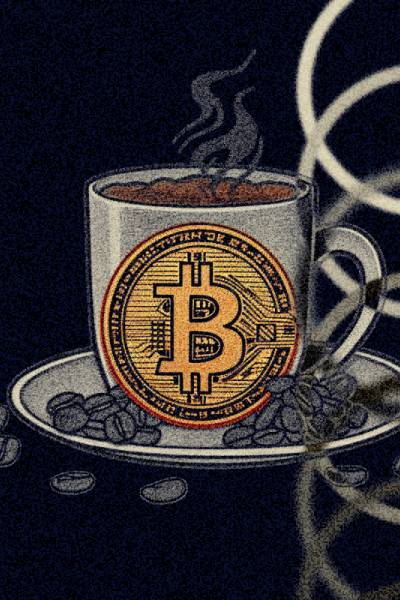
La Migliore Offerta: The Impact of Cryptocurrency on Business and Economy in 2023
Roman Shtih
CEO Metalamp






How We Use Our Training Program to Recruit Plutus Engineers
Svetlana Dulceva
The Education Program Supervisor

Discover Why IT Companies Appreciate Our Junior Developers
Svetlana Dulceva
The Education Program Supervisor





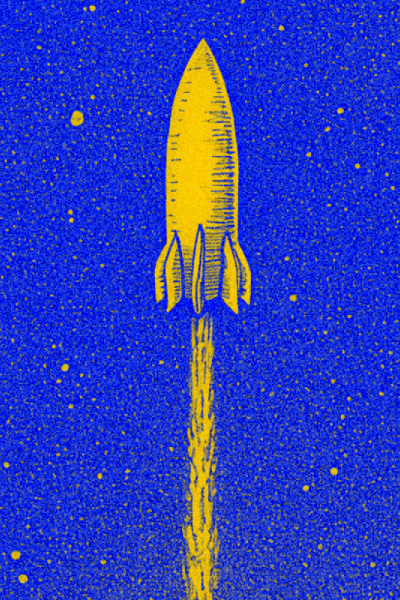

How We Designed a No-Cost Education Program for Web Development
Sergey Cherepanov
CTO MetaLamp
Articles













